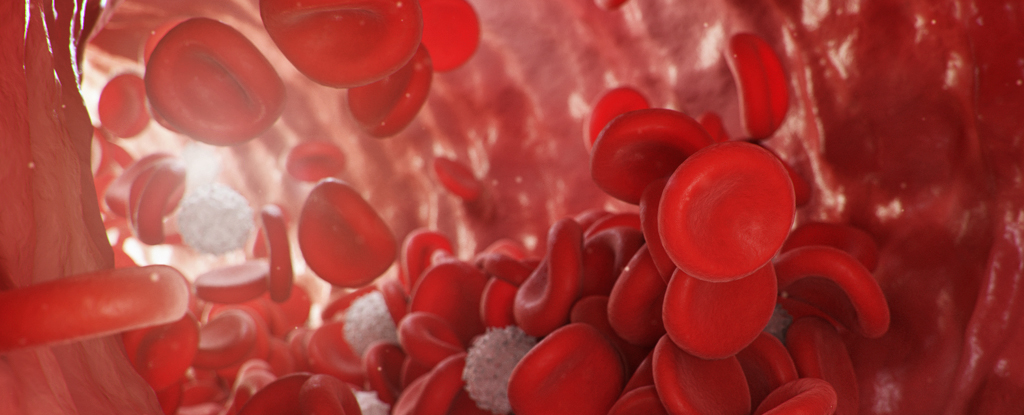A Simple Blood Test Could Soon Predict Your Risk of Dementia

A detailed look at minute differences in the levels of specific proteins in blood has allowed researchers to identify potential early warning signs of dementia.
“These findings are poised to yield significant implications for screening people at high risk for dementia and for early intervention,” Fudan University neurologist Yu Guo and colleagues write in their paper.
With rates of dementia ever increasing globally, and no cure, an early warning system could give more time to slow the disease’s progress in the millions of people who will end up with this debilitating condition in the future.
So Yu Guo and team compared 1,463 types of plasma proteins found in blood samples of 52,645 adults without a dementia diagnosis from the UK Biobank. This revealed common changes in blood serum of the 1,417 patients who would later develop one of the several different types of dementia, including Alzheimer’s disease, over the course of 14 years.
Changes in the concentrations of four specific proteins were consistently present in plasma of patients who would be diagnosed with dementia.
These include glial fibrillary acidic protein (GFAP), neurofilament light polypeptide (NEFL), growth/differentiation factor 15 (GDF15), and latent-transforming growth factor beta-binding protein 2 (LTBP2).
Linked to dementia previously, GFAP is a protein found in cells that support our neuron system. There are a number of reasons the presence of these proteins in the bloodstream are linked to dementia, the researchers speculate, including blood-brain barrier dysfunction, inflammation or other nerve death, or damage.
“Individuals with higher GFAP levels were 2.32 times more likely to develop dementia,” explain Guo and colleagues.
Smaller studies have previously identified plasma proteins as potential biomarkers for dementia risk, but these often compared people with and people without dementia. This tactic doesn’t identify changes that occur before the onset of dementia, nor reveal which biomarkers have the greatest predictive powers. The large-scale and long-term nature of the data used in Guo and team’s work resolve these limitations.
Notably, GFAP and LTBP2 were highly specific for dementia prediction, yet not for NEFL and GDF15.
They found blood plasma levels of GFAP and NEFL’s levels in our blood plasma began changing in future dementia patients up to a decade before the onset of clear dementia symptoms.
“Combining GFAP with basic demographic indicators achieved a desirable prediction for dementia, even more than 10 years before the diagnosis,” the researchers summarize.
Applying this combination of indicators on a subset of the data provided accurate predictions.
If a simple blood test could reveal someone’s dementia risk, early interventions ranging from help with diet to prescribing physical and mental activities could be used to slow down the progress of this disease and help families prepare for the road ahead.
This research was published in Nature Aging.
Source : 1